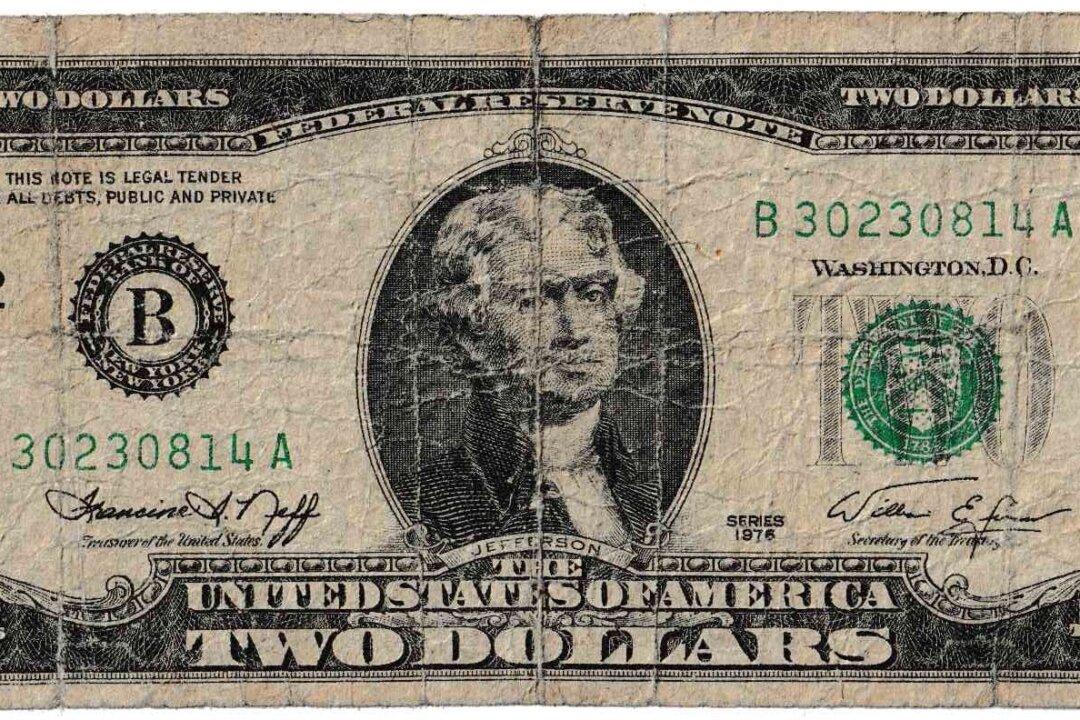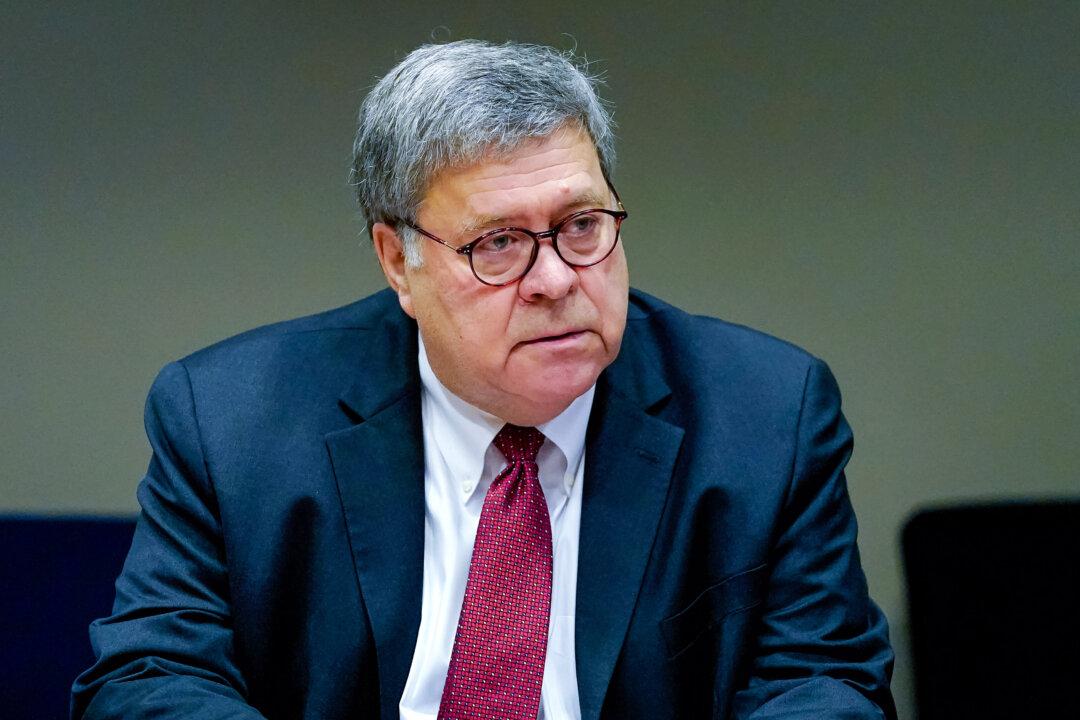A $2 bill you have lying around could be worth hundreds—or even thousands—of times more than its face value.
The U.S. Currency Auctions’ Pricing guide shows that a $2 bill, which features the third U.S. president, Thomas Jefferson, could be worth up to $4,500, depending on certain factors. Compared with other bills, the $2 currency is considered more rare, although they’re still being produced.





